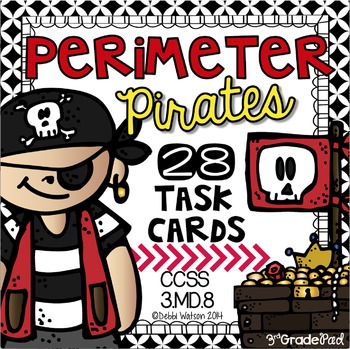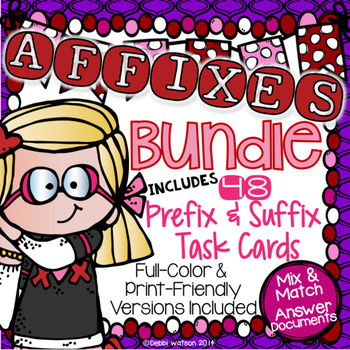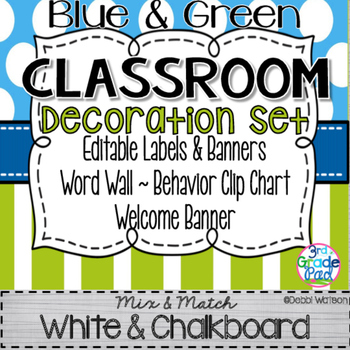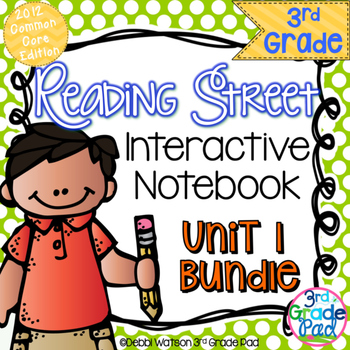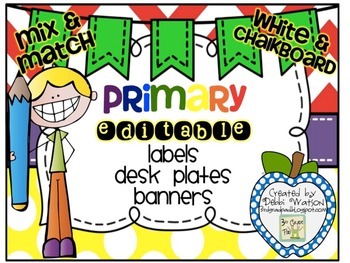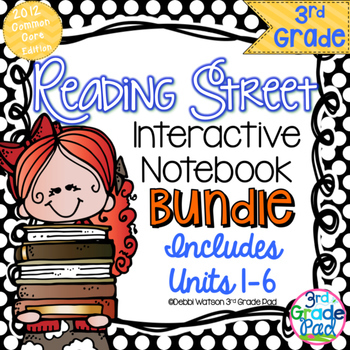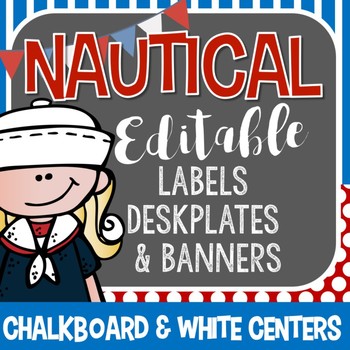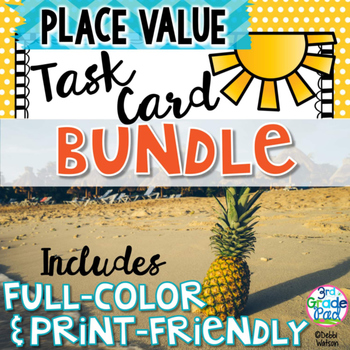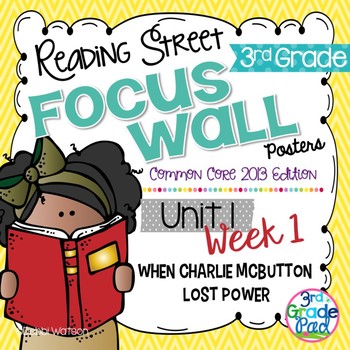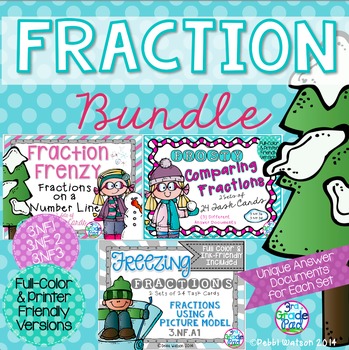Trends in education have teachers and our students in mind. There have been so many that I dare not single any of them out. What they all have in common might include these attractive qualities.
Time-Saving
Student-Centered
Differentiated
Digital
And.....it's in the Dollar Spot!
Keeping up with all of the trends in education can be a huge battle! Sadly, it has some unintended consequences. In an effort to be on-point with the trends, teachers are left scrambling! I really feel sometimes teachers are feeling pressured to try out these trends. And others are having serious FOMO. Fear Of Missing Out.
These fears are TRULY out of the LOVE of what we do. Not weakness. Not shiny object syndrome. The fear that our students may be missing a great educational opportunity is hard to walk away from. Additionally, the fear that somehow our lives might be a little bit easier is also very hard to ignore, as well!
We've hit that FRENZIED time of year and sharing some reflections over my own choices in the last year or so and sharing some questions you should consider in how to choose wisely to best match your needs
How much of my time is needed to PREPARE or MAINTAIN this new idea?
Your time is really precious! Guard it. Protect it. While reading about a certain tip or considering making an activity for your classroom, consider if the time invested will give you the return on your investment! It is really easy to get swept up on an the IDEA that is new and fresh! Consider how much time is needed to prepare something with how often it will be used. Instead of creating a Prezi from scratch for a one day lesson, you might find one pretty close to what you want already out there. However, if some discomfort up front will give you a LARGE return, go for it!
Why are you spending the money?
Raise your hand if you saw something interesting at Dollar Tree then buy 10 of them....just in case? Saw a great find at the Target Dollar Spot on Instagram and raced to your local store? Bought something at a price that was temporary and not sure if you need it? My hand is right up there with you! We've all done it! As that first year teacher or even your first year in a new grade level, there is this feeling of frenzy to get "All the Things" to be ready for it all. When these moments hit you, I think it's important to determine if you have a specific need that will bring the benefit you want or is it a "shiny object"? Is it worth considering spending this money to truly be the time-saver you think it is? Will this investment have longevity in your classroom? Let me say this one again. Will this investment provide benefit over a long period of time?
Does it match your teaching personality?
I'm going to use flexible seating as a safe example: probably one of the biggest trends I see right now that might not be a problem for your time or money if you complete a Donor's Choose project. The question you need to ask yourself is if it matches your teaching style. It is only a benefit if it is something you can manage within the way you comfortably run your room. Another big topic I see over and over in Facebook groups revolves around centers: the types of centers, the way they rotate, the number of choices, etc. With centers, you definitely will be considering time and money. You also need to consider how they match YOU! I think we all have room to grow and should always be open to trying new things... HOWEVER-we really need to also be reflective enough to say to ourselves, "You know, I really like this center idea. This is really partner centered, and I need centers that are independent. I don't need this." Girl, just walk away. It's fine.
Are you trying to be a mirror image of someone else?
It is really important to be okay with type of teacher you are! I'm not talking about teachers who have one way of doing things and completely rigid in their thinking. I personally think we all have room to grow and evolve as teachers. If you aren't evolving, you aren't being reflective and adaptive!
That said, we also need to be strong enough to say-I respect that it works for you to have you whole class actively doing centers at one time. However, I can only manage one group at a time being up and about while I teach in a small group. And that is okay!
We need to be strong enough to say, I respect that you enjoy the excitement of using Kahoot quizzes in your classroom, but I prefer using paper Exit slips. And that is okay!
We need to be strong enough to say- I respect that others love having flexible seating choices for all of your students, but I prefer have times of day to have alternative seating choices. And that is okay!
We need to be strong enough to say- I respect that other people love having partner activities during centers, but I prefer being available to monitor during my partner activities. I can walk away from this idea.....And that is okay!
I say all of this to say that when you see a trend--Be okay with NOT doing it or or making it different for your own style. No one is watching. What works for your neighbor may not work for you. One trend is no better than another. Be open to new ideas, but don't be dictated by what you perceive is the one and only way to implement them. Be open to new things. Respect new ideas.
It is OKAY to say no. Period.
























